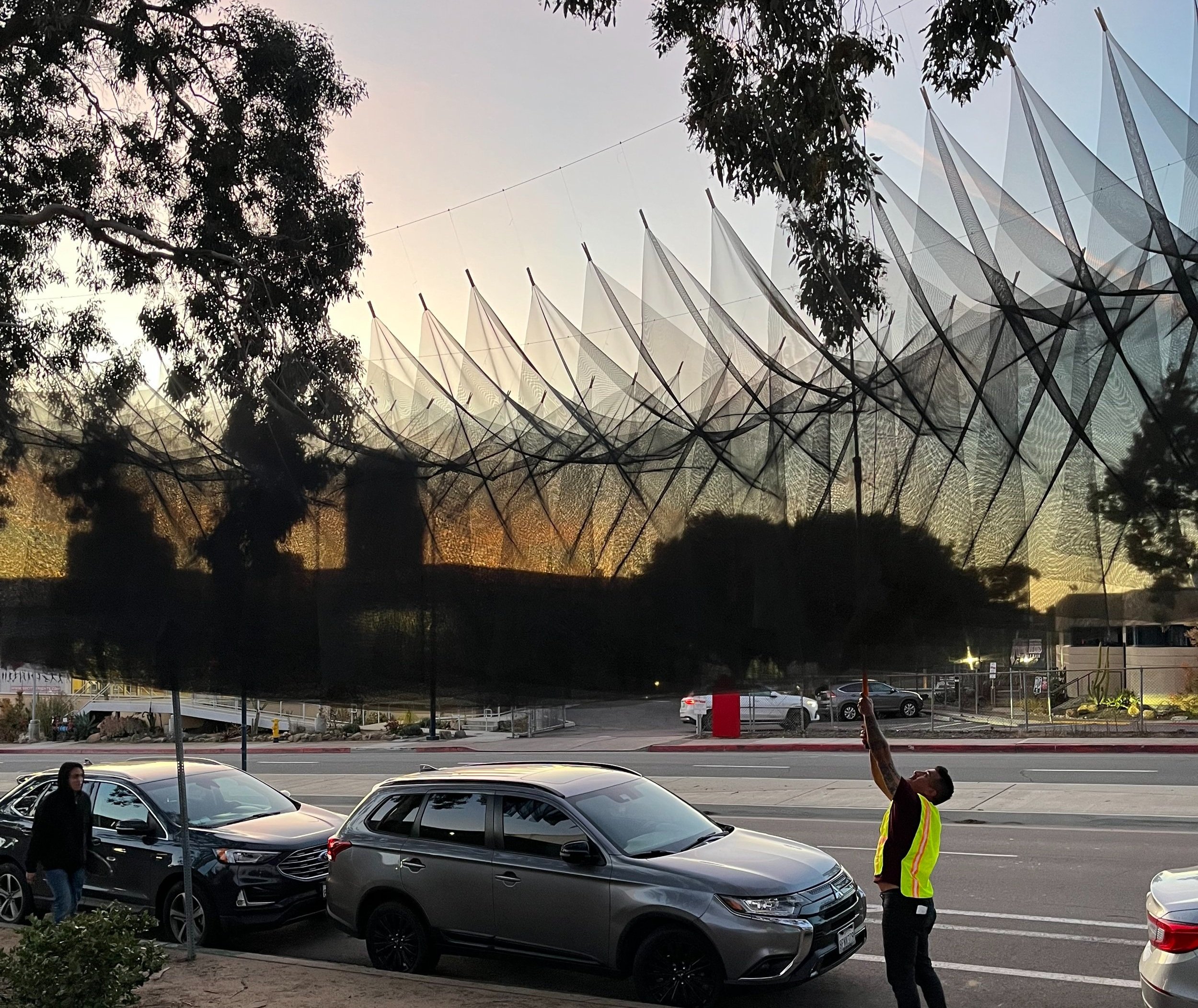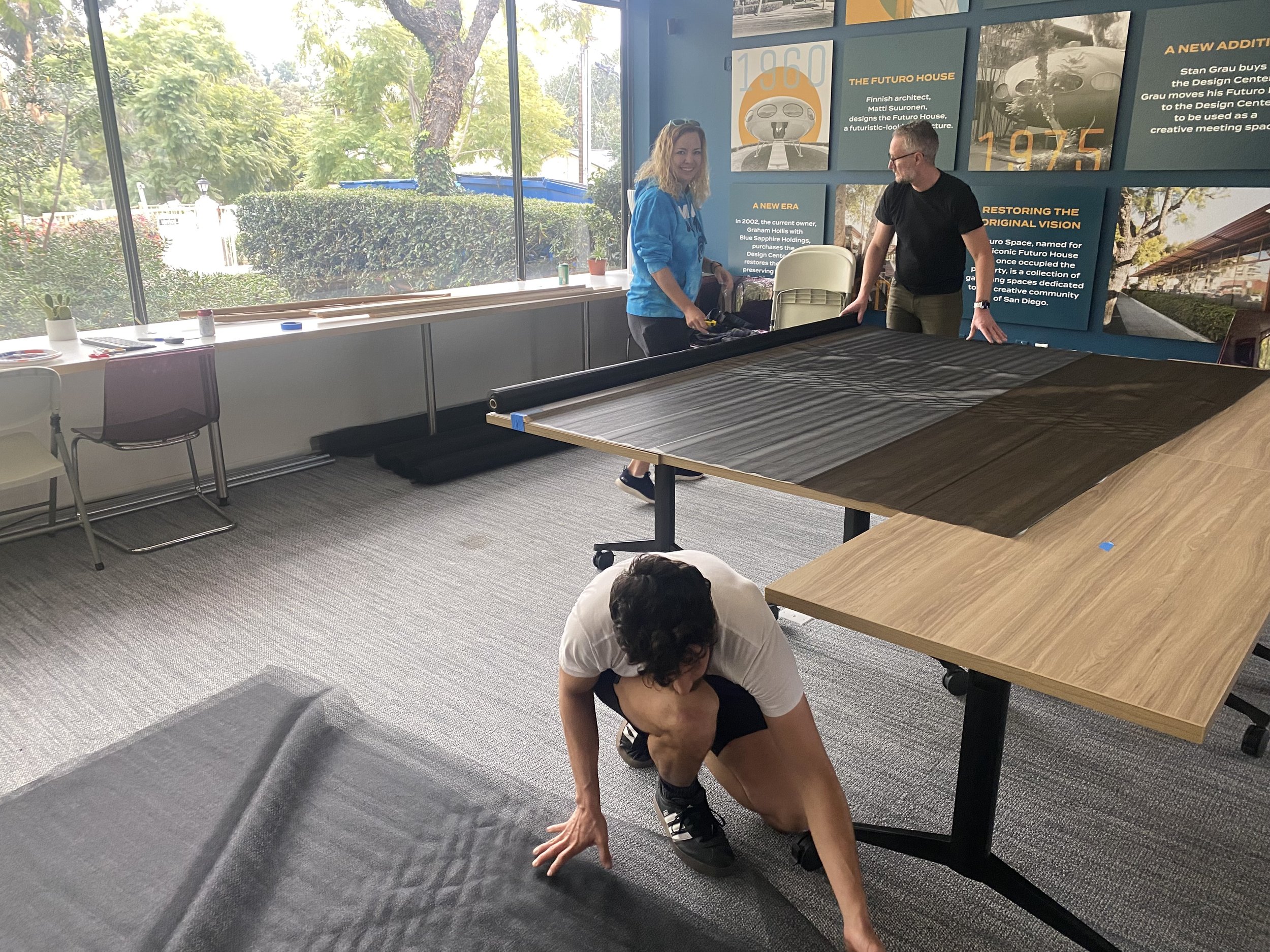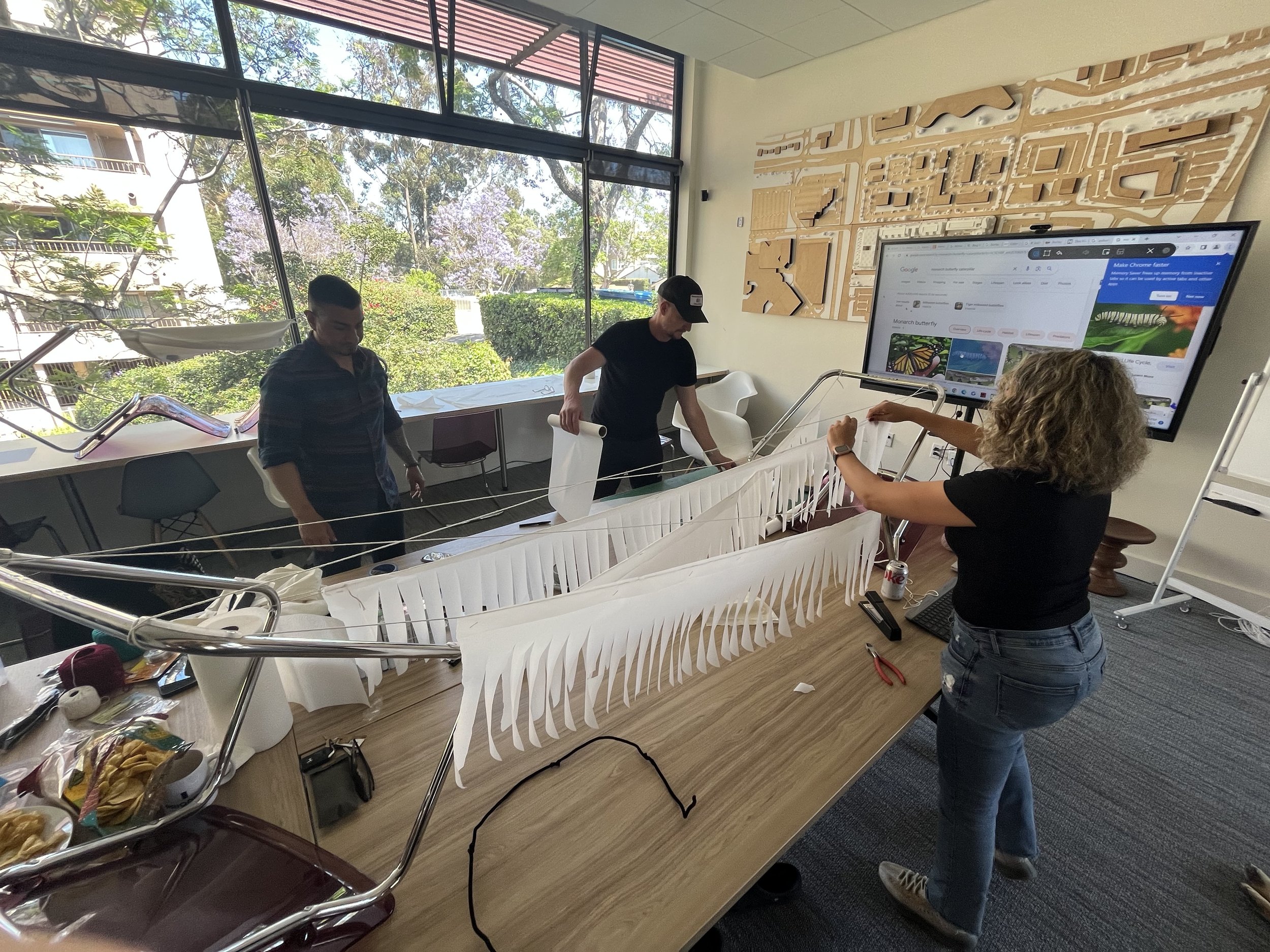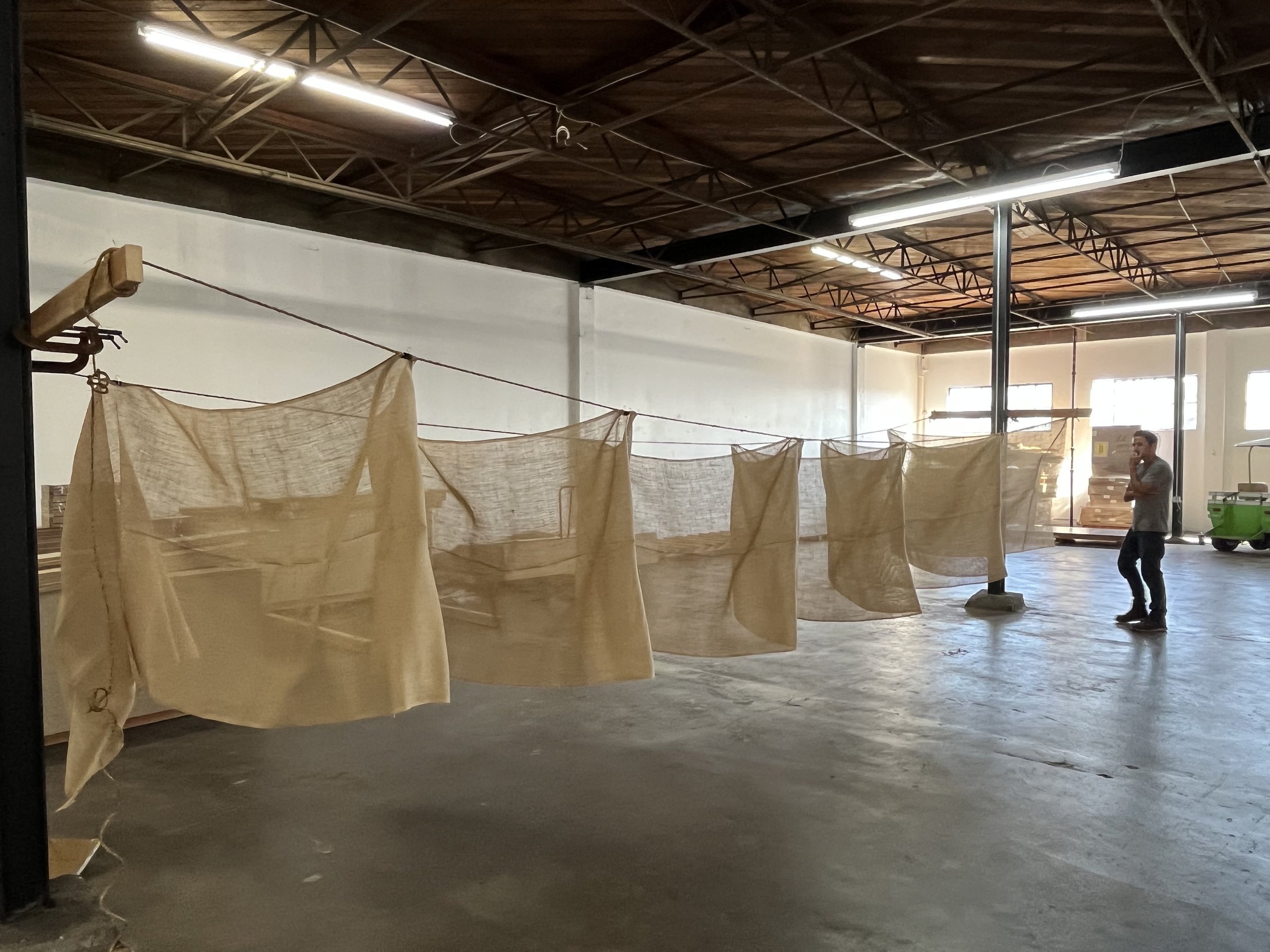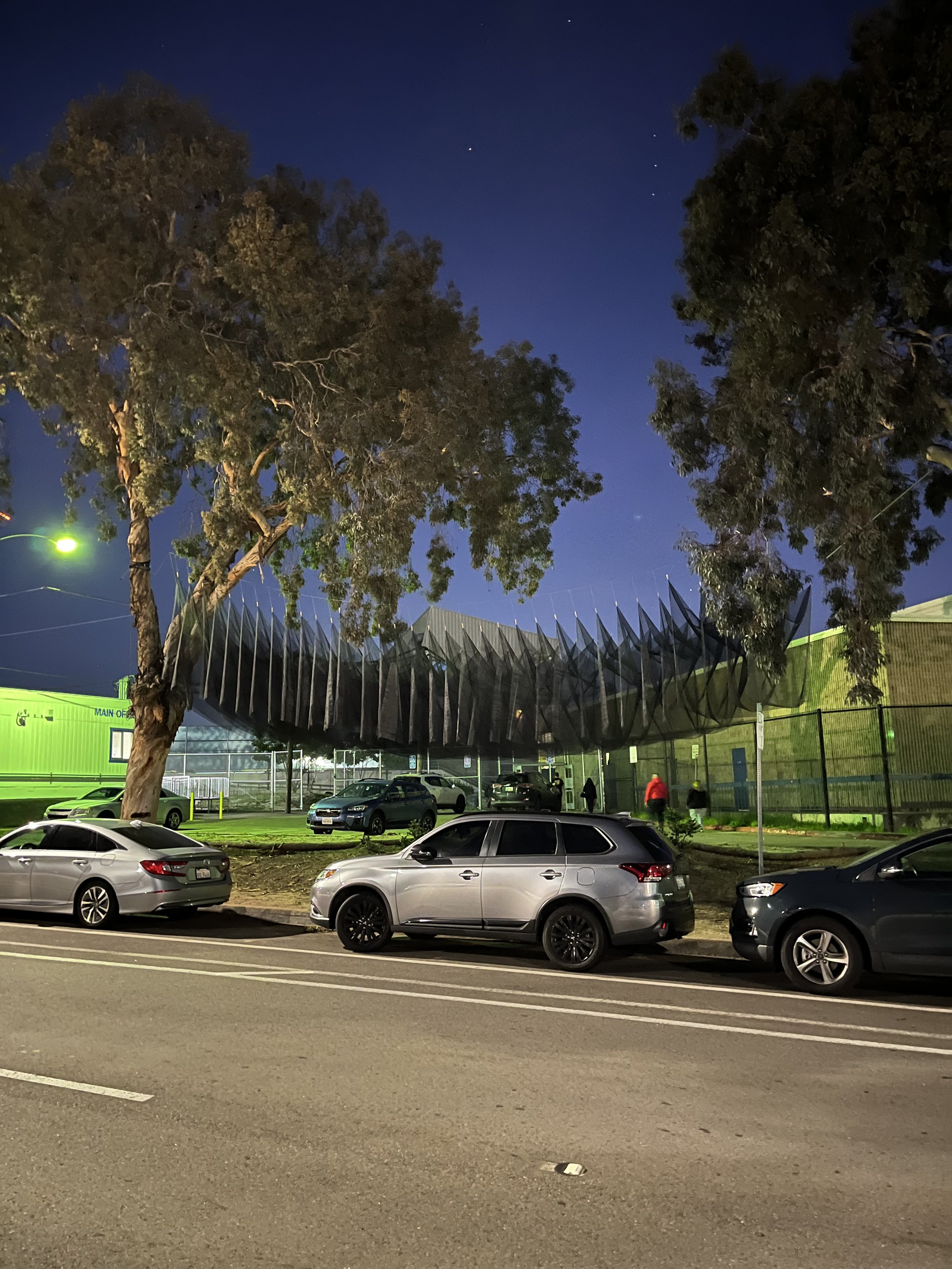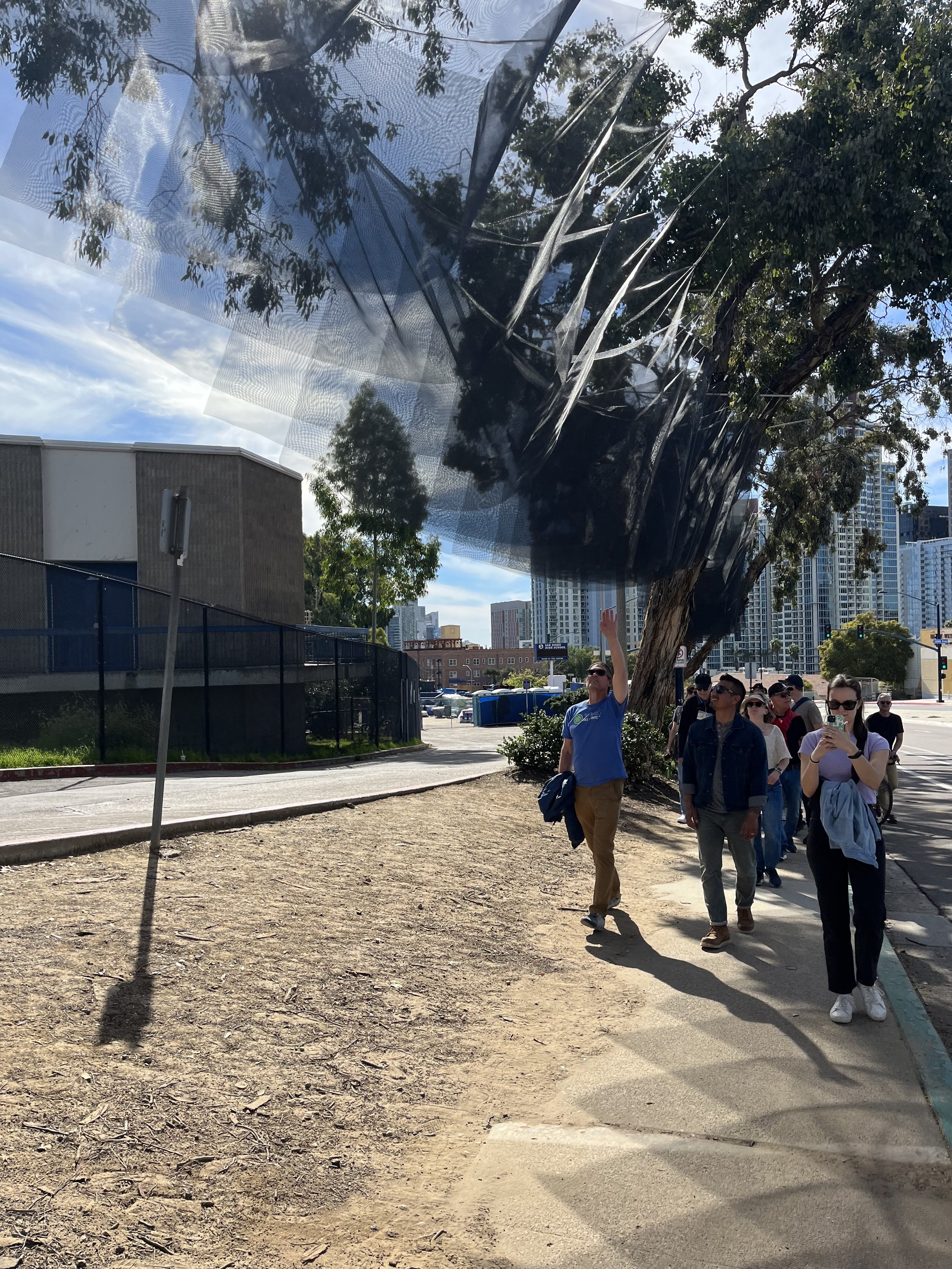Welcome to the McCullough team, Polina Karake!
McCullough is thrilled to welcome Polina Karake, Int’l ASLA, Associate, to our team of designers. With a rich tapestry of experience and a passion for crafting spaces that resonate with the human spirit, Polina embodies the ethos of our collaborative and creative practice.
Polina's journey began in Israel, where her love for design was ignited. With a bachelor's degree in landscape architecture and a master's degree in industrial design from the esteemed Technion Institute of Technology, Polina emerged as a luminary in her field, graduating Cum Laude.
With over 15 years of experience as a licensed landscape architect in Israel, Polina has honed her craft across projects of varying scales, from intimate patios to expansive neighborhoods. Her expertise in design and construction supervision is matched only by her unwavering commitment to shaping urban environments that enhance the everyday lives of individuals.
As a visiting faculty member at the Technion Institute of Technology's studio of Urban Design, she has shared her knowledge and insights, nurturing the next generation of design innovators. Additionally, her contributions as a freelance landscape advisor to architectural projects have enriched the integration of outdoor spaces within built environments, further cementing her reputation as a thought leader in her field.
Driven by her observations of Israel's unique challenges—a small, densely populated country with limited land resources—Polina's work is characterized by a commitment to creating vibrant public spaces that prioritize sustainability and functionality. Her specialization in designing open areas tailored to hot and arid climates underscores her dedication to addressing the evolving needs of communities.
Polina's multicultural background, coupled with her passion for travel, enriches her perspectives and fuels her creative vision. Fluent in three languages and with a penchant for exploration, she brings a global outlook to her work—a testament to her belief in the power of diversity to inspire and innovate.
As we celebrate Polina's arrival, we look forward to the invaluable contributions she will make to our collaborative practice. Her vision for fostering positive change through better-designed environments aligns seamlessly with our commitment to merging the human spirit and nature with grit, soul, and style.
We invite you to join us in welcoming Polina Karake to McCullough!


